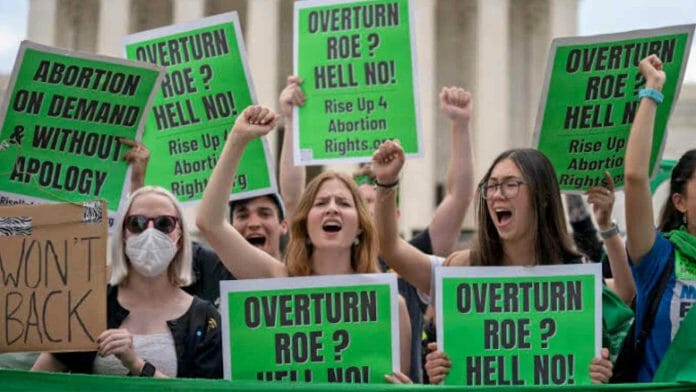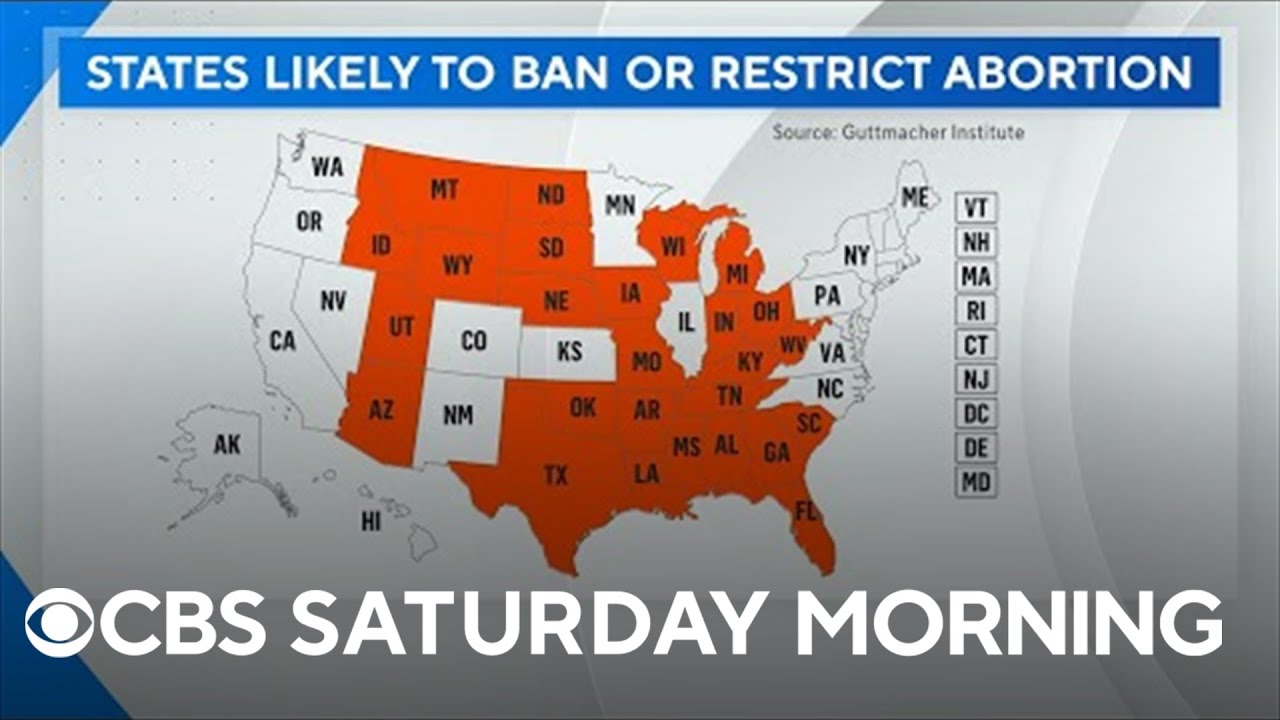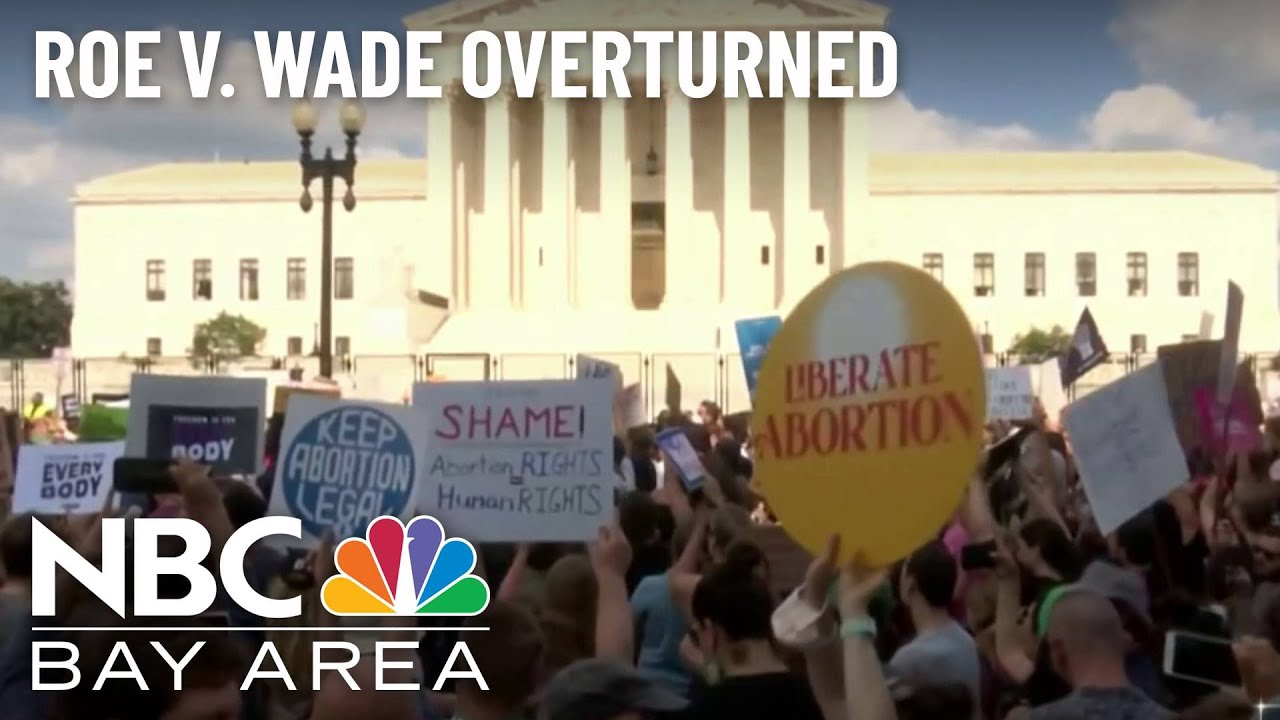On Friday, The US Supreme Court reached on a dramatic conclusion when it decided to overturn the landmark 1973 Roe V. Wade. The ruling recognized a woman’s right to an abortion and legalized it nationwide. The decision served as an ultimate victory for republicans and religious conservatives who want to limit or ban the procedure.
This has always been one of the most divisive and bitterly fought issues in American political history recently. The landmark decision gave the women in America the right to have an abortion before the fetus is viable outside the womb. It should be before the 24-28 week mark.
Roe Vs Wade: Piers Morgan Criticizes Michelle Obama As She Misspells ‘Woman’ In A Related Post
What is Roe. V. Wade?
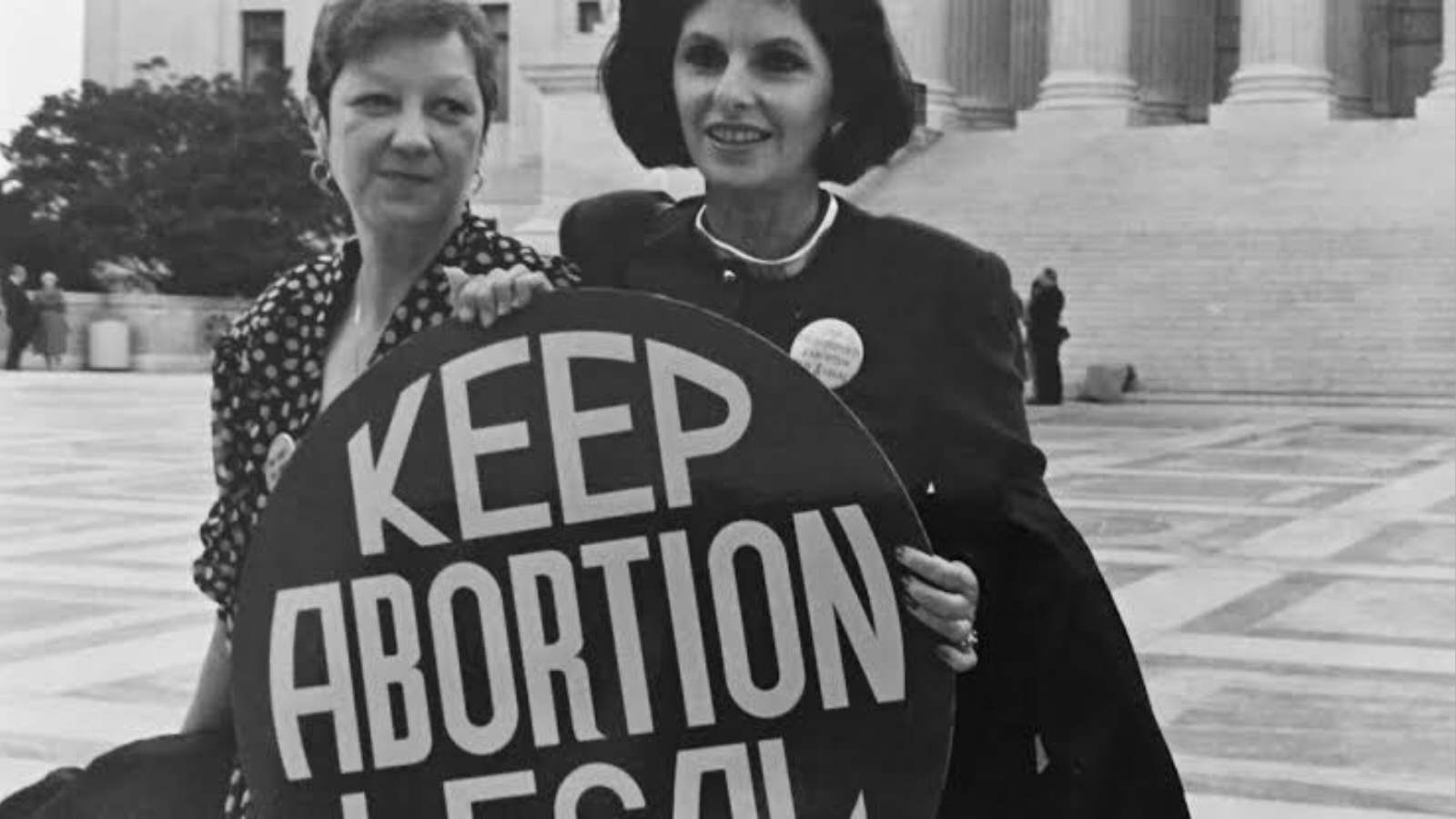
Let’s start from the start! Back in the 1970s, two Texas-based attorneys, Sarah Weddington and Linda Coffee were dealing with several cases regarding abortion litigation in the US. During that time, they wanted to file a suit stating that abortions were medically necessary for women but they needed a plaintiff who would help them make a valid case before the court. A married couple agreed to come on board, but in this, the woman was not pregnant.
Finally, in June 1969, 21-year-old Norma McCorvey became their lead plaintiff in the case. She was then pregnant with her third child. Even though she wasn’t able to get an abortion on time and did not attend any of the oral arguments. After 33 years at the age of 55, she filed an affidavit in the District Court of Texas. She claimed that she got into the case ‘without fully understanding its ramifications’. When she met Weddington and Coffee for the first time, they asked her “Norma, don’t you think that abortion should be legal?”
In her affidavit, she said, “Unsure, I responded that I did not know. In fact, I did not know what the term abortion really even meant”. The lawyers also explained to her the reason for choosing her over any other plaintiff. “You’re white, you’re young, pregnant and you want an abortion,” they said.
In 1970, McCorvey filed a lawsuit in the District Court in Texas under the pseudonym ‘Jane Roe‘. The County’s district attorney, Henry Wade was the defendant. In June, Jane Roe came out victorious. The verdict stated that the law against abortion in Texas violated the right to privacy. But it did not grant an injunction that would allow McCorvey to get an abortion.
Following an appeal later in 1970 and in January 1973, in a 7:2 decision, things changed. The US Supreme Court held that women in the US were completely free to decide if they wanted an abortion or not. The ruling turned out in the favor of Jane Roe. But it severely opposed excessive government control and restrictions and upheld the individual’s right to life and liberty. Justice Harry Blackmun penned the decision. The decision relied upon the 1965 judgment that struck down the ban on contraceptives. It upheld the liberty of married couples to use contraceptives without governmental restrictions.
All About Fetal Viability

In medicine, the fetal viability refers to the point at which a fetus can survive outside the womb. Fetal viability was around 28 weeks (7 months) at the time of the ‘Roe’ judgment nearly 50 years ago. The advancement of medical sciences has finally become successful to bring the threshold down to 23 or 24 weeks (6 months or a little less). Recent studies have even shown this could be further pegged at 22 weeks. An average pregnancy is about 40 weeks long.
The total length of the pregnancy generally starts from the start of a person’s most recent menstrual period. The fetal viability is the most crucial point. It draws the silver lining separating the right of the mother and the unborn baby. Many people identify pregnancy only after the sixth week. Pre-viability timelines leave women with very little time and opportunity to make a decision to abort.
Abortion laws in the entire world are based upon this metric. But Some opponents claim that this is an arbitrary timeframe that legislation and the court in ‘Roe’ adopted.
What Has The Supreme Court Said On Roe V. Wade?
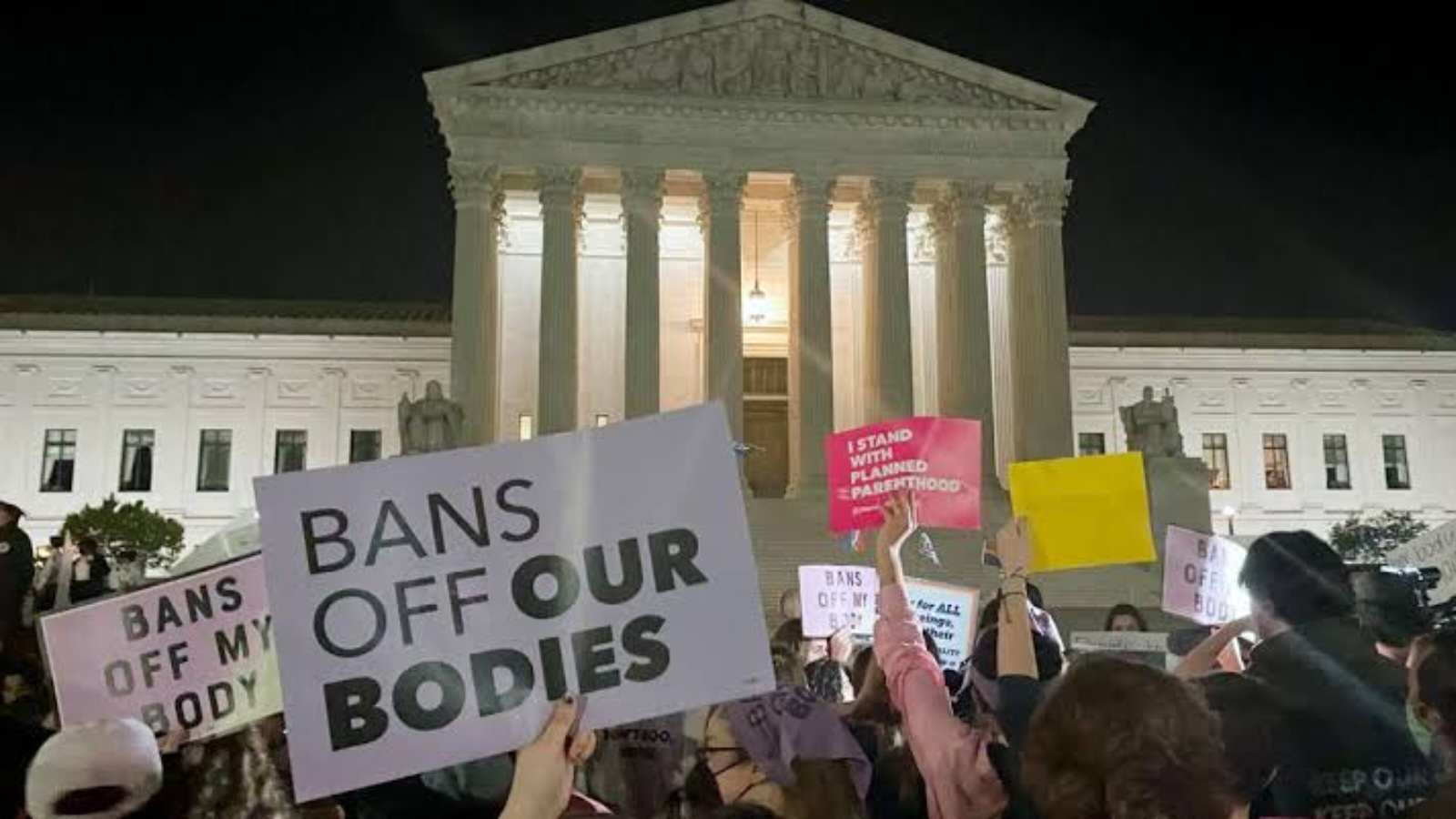
The judgment details took quite a time to get revealed. But in the draft opinion obtained by ‘Politico’, Justice Samuel Alito, who penned the opinion, had rejected ‘Roe’ as “egregiously wrong from the start”. The judgment reassured the central tenet of ‘Roe’, that women have the right to terminate pregnancies up to the point of fetal viability — “must be overruled”.
Four other conservative justices, Clarence Thomas, Neil Gorsuch, Brett Kavanaugh, and Amy Coney Barrett have agreed with Justice Alito’s majority opinion. It was written in ‘Thomas E Dobbs, State Health Officer of the Mississippi Department of Health vs. ‘Jackson Women’s Health Organization’, popularly known as the “Mississippi case”. A sixth justice, Chief Justice John G Roberts Jr has recently confirmed his opinion to overturn Roe. But three Democratic-appointed justices Stephen Breyer, Sonia Sotomayor, and Elena Kagan disagreed with that.
According to the majority opinion quoted by Politico, “It is time to heed the Constitution and return the issue of abortion to the people’s elected representatives”.
“Roe’s survey of history ranged from the constitutionally irrelevant to the plainly incorrect,” its reasoning was “exceptionally weak,” and the decision has had “damaging consequences,” the draft ruling said.
“The inescapable conclusion is that a right to abortion is not deeply rooted in the Nation’s history and traditions,” Alito wrote.
What Is The Mississippi Law?

In 2018, the Republican-majority legislature of the state of Mississippi dared to challenge the 1973 Roe. It decided to ban all abortions after 15 weeks, much before fetal viability. But there was the last abortion clinic left, Jackson Women’s Health Organization that allowed abortion till 16 weeks of pregnancy. Not only that, but the organization challenged the law and in November of that year, US District Judge Carlton Reeves struck it down, ruling that it “unequivocally” violated the constitutional rights of women.
Another restrictive measure in abortion rights was the “heartbeat” abortion law by Republican Governor Phil Bryant On March 19, 2019. It put to a ban most abortions once fetal cardiac activity could be detected — which is about six weeks. “If they do not believe in the sanctity of life, these that are in organizations like Planned Parenthood, we will have to fight that fight. But it is worth it,” The Associated Press reported at the time.
The law clearly warned that the physicians who try to perform any abortion after heartbeat detection in the fetus can get their medical license sealed. Even the rape and incest victims got no relief.
Finally in February 2020, a district judge successfully turned the law down. The 5th Circuit Court of Appeals in New Orleans agreed with the decision. In December 2019, the Circuit had also helped to block the other 2018 law. The 2018 law banned abortion if “the probable gestational age of the unborn human” crosses 15 weeks. Although cases of medical emergencies or “a severe fetal abnormality” were excluded from the law. The conclusion reached the Supreme Court, there were indications in the hearings in December 2021 that the bench was likely to uphold it. A decision concerning the matter was about to come in June or July 2022. It ultimately came on June 24.
Read more: Mo’Nique And D.L. Hughley Feud Continues As She Calls Him Out For Being Racist Against Black Women
What Is The Significance Of The Decision Of the Supreme Court?
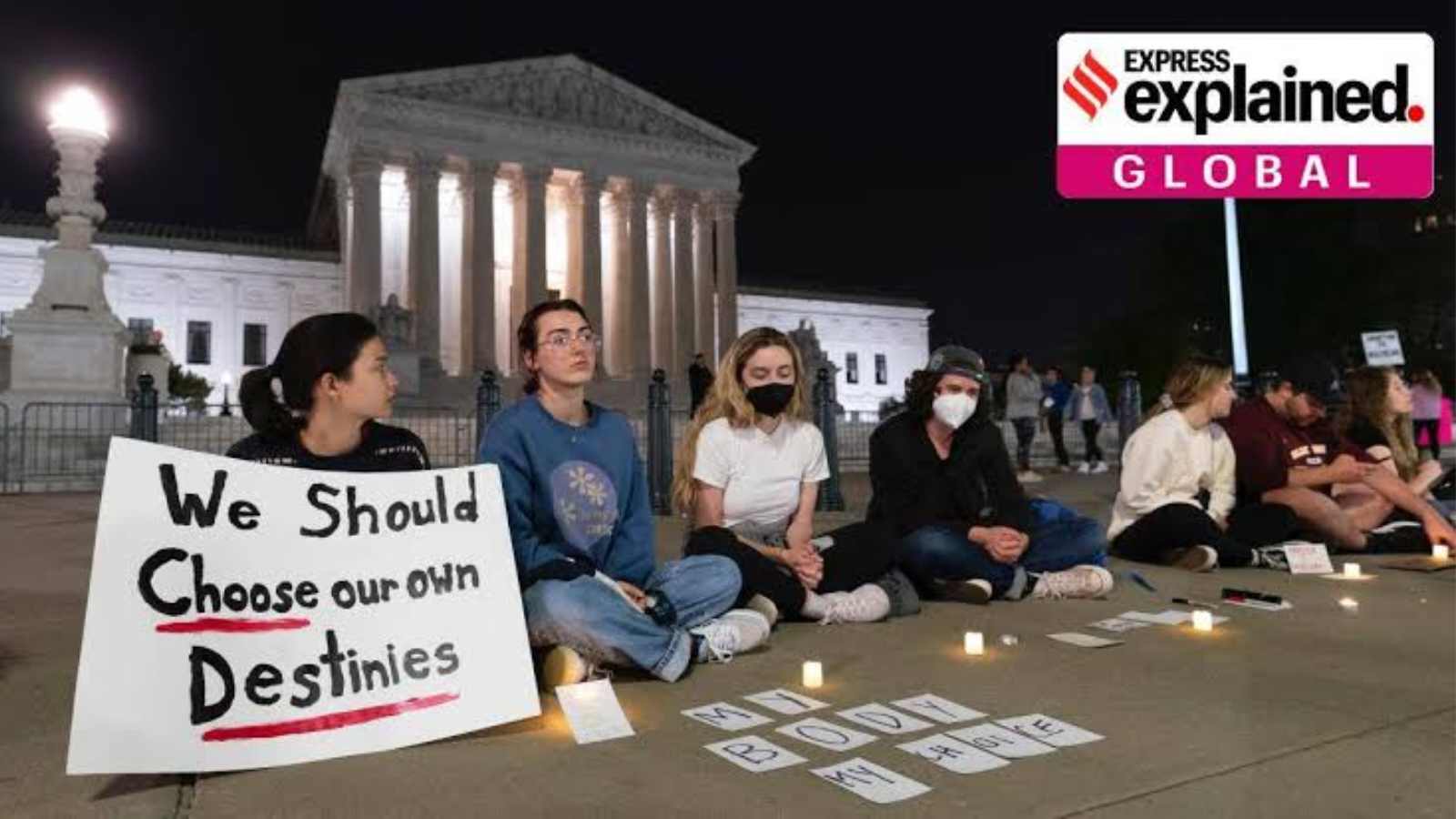
It has been over decades that abortion rights have made a burning separation between the conservatives and liberals in the US. Even a few years ago, it was nearly impossible to challenge the 1973 Roe. But the involvement of the conservative Justices in the Supreme Court like Gorsuch, Kavanaugh, and Barrett during the Donald Trump presidency cemented the way to overturn abortion rights.
The NYT’ had earlier reported that depending on how the court worded its final judgment, the overturning of ‘Roe’ could mean that legal abortion access would “effectively end for those living in much of the American South and Midwest, especially those who are poor.”
The Future Of Abortion Laws In The US
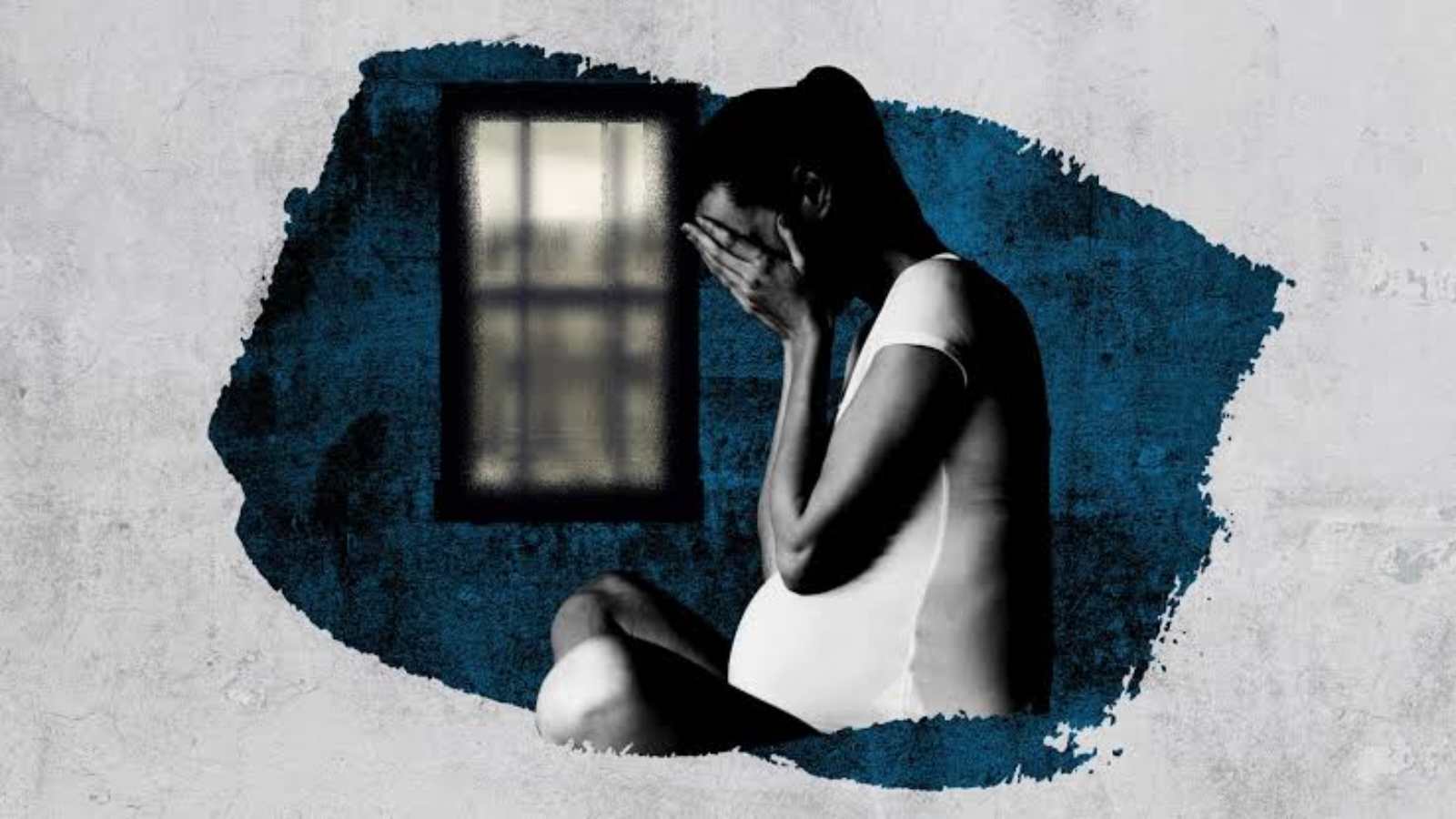
Now, the scenario won’t be the same anymore. Since there is no central law protecting the abortion rights, respective states will take the lead to apply their desired restrictions on the abortion rights. It will be the same again as it was before the 1973 Roe. occurred.
The New York Times had earlier estimated that legislatures in 22 states would “almost certainly” move to ban or put restrictions on the abortion rights and the women will be the ones to suffer. The NYT report surveyed that without the protection of ‘Roe’, the number of legal abortions in the US could fall by at least 14%, quoting research based on the effects of the closures of abortion clinics in Texas between 2013 and 2016.
Activists and progressive politicians have given their opinions about the availability of clinics, and insurance payouts serving as a backup to the women but once the legal backing is gone, it will be harder for sure.
Read more: Bill Maher Claims Rise Of LGBTQ May Be Sparked By “Need To Be Trendy”

